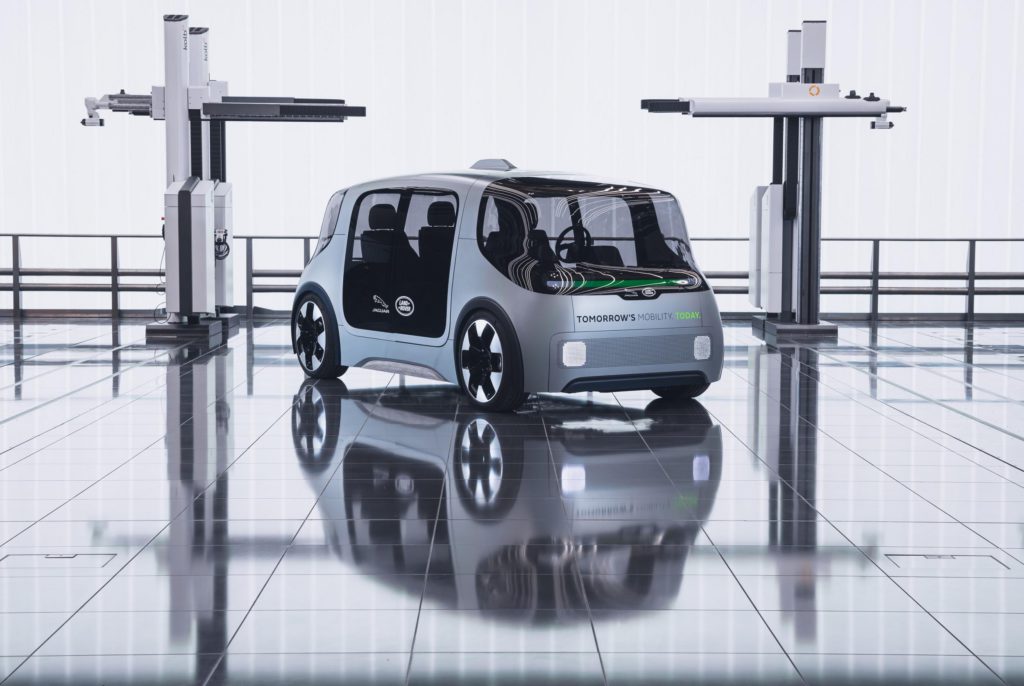JLR unveils ‘autonomy-ready’ concept car
19 February 2020

19 February 2020
Jaguar Land Rover (JLR) has revealed its vision for the future of mobility with a new concept vehicle, Project Vector.
Developed at the National Automotive Innovation Centre at the University of Warwick, Project Vector, an ′autonomy-ready’, multi-use, electric vehicle, is due to hit the road in a pilot programme next year. JLR plans to collaborate with Coventry City Council and the West Midlands Combined Authority on a mobility service from late 2021.
Design trend
Measuring only four metres long, Project Vector is built for urban environments. The low-slung, cube-shaped design follows in the footsteps of other futuristic vehicles like the Canoo or Cruise Origin. With large sliding glass doors opening from the middle of the vehicle, the concept car enables greater ease of access.
Compacting the battery and drivetrain into a flat floor means the interior can be configured with different seating layouts. With potential for private or shared use, JLR has also considered commercial possibilities such as ′last-mile’ deliveries.
′Destination Zero’
Continuing down JLR’s road to ′Destination Zero’, Project Vector plays into the zero-emissions, zero-accidents and zero-congestion concept.
′Jaguar Land Rover understands the trends shaping modern societies. Project Vector shows Jaguar Land Rover as a leader in innovation to make our societies safer and healthier, and the environment cleaner’, said outgoing JLR chief executive officer, Ralf Speth. ′Project Vector is precisely the brave and innovative leap forward needed to deliver on our mission.’
With an eye towards the future of mobility, JLR want to make Project Vector as flexible as conceptually possible. This means they’re planning for a range of autonomous possibilities and infrastructures.
Project director Tim Leverton commented that: ′Shared and private vehicles will share spaces with and be connected to public transit networks, so you can travel on demand and autonomously. That is a complex task, best achieved by working together with partners across the spectrum of vehicles, infrastructure and the digital world.’
′Future urban travel will be a composite of owned and shared vehicles, access to ride-hailing and on-demand services as well as public transport. Our vision shows the vehicle as a flexible part of the urban-mobility network that can be adapted for different purposes.’